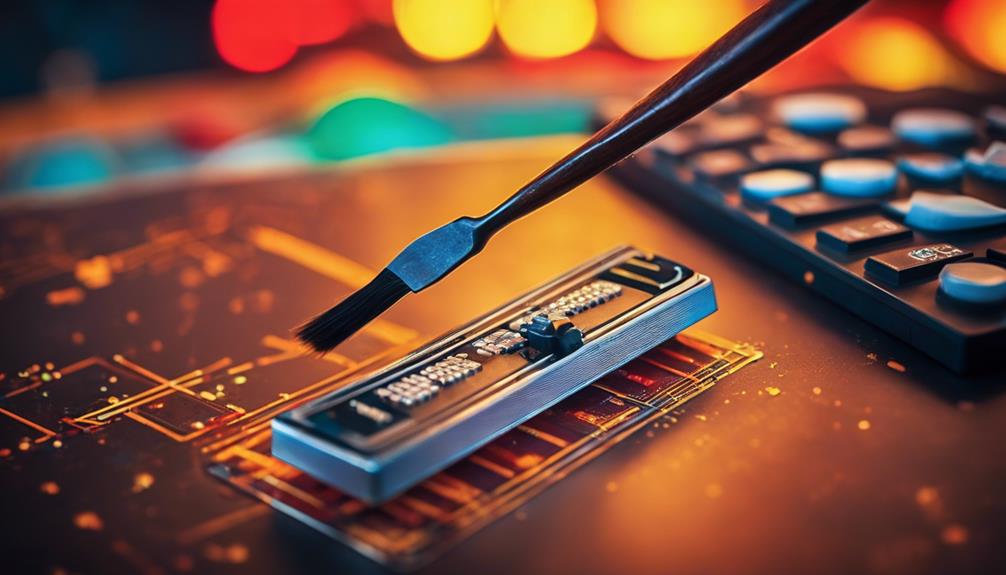The rise of free art-making tools that use artificial intelligence has led to a heated debate about ethics in today’s digital world. Concerns range from copyright issues to how these tools could undercut the value of professional artists’ work. These issues highlight the ongoing struggle between embracing new technology and protecting the interests of creators. We are at a crossroads, trying to figure out how to balance the innovative capabilities of these tools with the rights and livelihoods of artists.
This situation raises critical questions about what makes art original, how artists should be paid, and what constitutes genuine art. It’s crucial to think deeply about the impact of AI on art creation. We need to ensure that we do not undermine human artists’ hard work and creativity as we move forward.
Key Takeaways
The emergence of free art tools powered by AI sparks discussions on ethics in art. These debates touch on copyright concerns and the potential to devalue the work of professional artists, highlighting the tension between technological innovation and creator rights. We’re navigating how to integrate these new tools while respecting and supporting the creativity of human artists.
Key concerns include:
- Originality in art gets complicated with AI.
- Payment for artists must be fair.
- Defining what constitutes real art is challenging.
Simplifying the language and focusing on clear, direct communication, these points stress the importance of finding a balance that honors both technological advancements and the invaluable contributions of artists.
Copyright Infringement Risks
The rise of AI art generators has brought new challenges in terms of copyright infringement by using images without the permission of their creators. This advancement in technology, while innovative, stirs a debate on the rights of artists and the legal status of AI-created artworks. These generators depend on extensive collections of images, including copyrighted ones, to learn and produce new art. This raises concerns over the rightful use of these materials.
Artists now face the difficulty of safeguarding their original work as AI-generated art becomes more common. The legal framework is slowly changing to accommodate the complexities of AI art better, but it’s not keeping up with the quick pace of technological progress, leaving artists exposed.
One major issue is that artists are not compensated or acknowledged when AI art generators use their work. Despite efforts by platforms like Newgrounds to address copyright issues, the problem remains widespread. As AI transforms the art scene, striking a balance between fostering innovation and respecting artists’ rights is an ongoing challenge.
Devaluing Professional Artistry
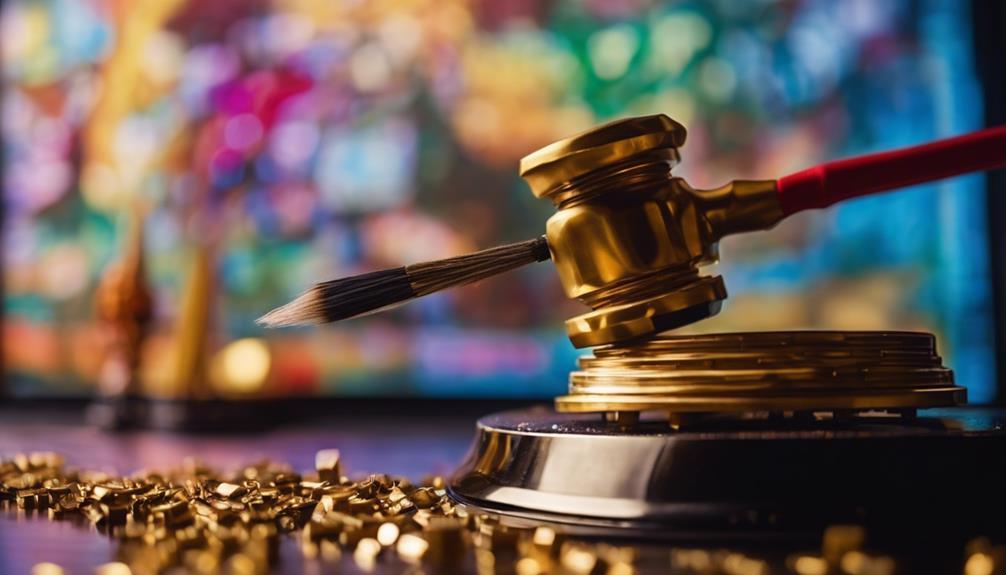
The rise of free art generation tools poses a real challenge to the value of professional artistry, making it seem like traditional skills are becoming less necessary for creating quality art. This shift is shaking up the art market and raising questions about the ethics of how we value art and artists.
Accessibility and skill are at odds here. When anyone can create high-quality art without years of training, it might reduce the respect for those years of effort artists put into honing their craft. The art market is also flooded, making it challenging for professional artists to get noticed.
Artists now have to compete with art that’s made quickly and doesn’t cost much. This situation could lead to people valuing art less, which is bad news for artists who rely on their art for income. There’s also a big ethical question about whether it’s fair to skilled artists to have their market taken over by free tools.
These issues are crucial to consider as they affect the future of the art market and everyone involved in it.
Questionable Originality
Discussing the originality of AI-made art is crucial because these pieces often use existing data and patterns, leading to concerns about their uniqueness. The rise of free art tools has made it easier for everyone to create art, but it also raises questions about the authenticity and creativity of these artworks. Some believe that using algorithms and an extensive database of existing art to create new works takes away from the personal touch and innovation found in traditional art.
| Concern | AI-Made Art | Traditional Art |
|---|---|---|
| Source of Creativity | Data Patterns & Algorithms | Human Skill & Imagination |
| Originality | Under scrutiny due to reliance on data | Widely regarded as a unique |
| Authenticity | A topic of debate due to its derivative nature | Seldom questioned |
| Creative Input | Bound by what algorithms can do | Boundless |
| Uniqueness | May be at risk | Highly valued |
The debate around AI-generated visuals forces us to rethink what makes art creative in today’s tech-savvy era. While free tools for art creation provide incredible access, they also challenge us to reconsider our standards for authenticity and originality in art. This situation highlights the need to balance embracing new technologies and respecting traditional artistic values.
Artist Compensation Issues
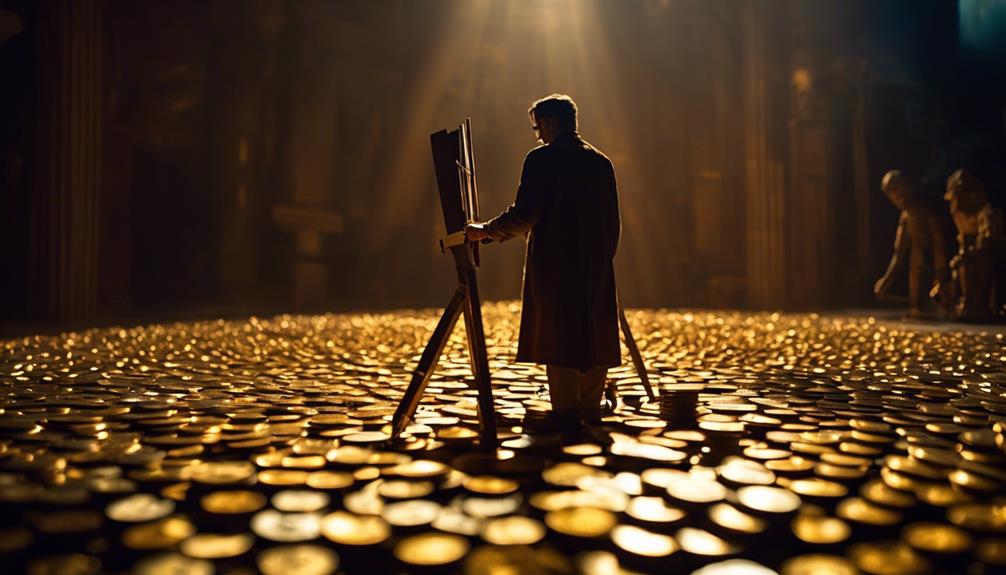
The issue of compensation for original artists whose work has been used to train AI art generators is a hot topic. As technology in the art world advances with models like diffusion and adversarial networks, we’re left grappling with ethical questions.
Artists find their works used without fair pay, which is a big problem. This not only disrespects their efforts but also cuts into their earnings.
Artists are losing out as AI art generators become more popular. These tools don’t ensure that artists are paid fairly, significantly challenging their income. There’s a pressing need to develop ethical compensation models that respect artists’ copyrights and contributions. Artists’ copyright issues become more pronounced without proper compensation, raising legal and moral questions.
The debate comes down to balancing embracing new tech and ensuring artists are adequately rewarded. Developing fair practices is crucial for protecting artists’ livelihoods and copyrights while allowing for digital art innovation.
Impact on Artistic Employment
The rise of AI-powered tools for creating art is reshaping the job landscape for artists. This new tech brings a wave of challenges, especially concerning the security of jobs and the future of careers in art. As these tools become more advanced and easy to get, they’re not just tools but rivals for human artists. These artists are now racing to make their work stand out in a market flooded with machine creations.
This competition isn’t only about the quantity of artwork produced. It’s about the unique creativity and emotional expression artists have always added to their creations. The issue here goes beyond just artists losing jobs; it’s about what this means for the whole art industry. With AI art becoming more popular, artists might struggle to get work. This signals a possible downturn in the ways artists have traditionally found employment. The art community has a growing conversation about how to include AI in art-making without sidelining human artists.
In essence, the art world is at a crossroads, facing both opportunities and challenges with the introduction of AI. This situation calls for open discussions on keeping the art industry vibrant, ensuring artists continue to find their place.
Ethical Use of Artistic Data
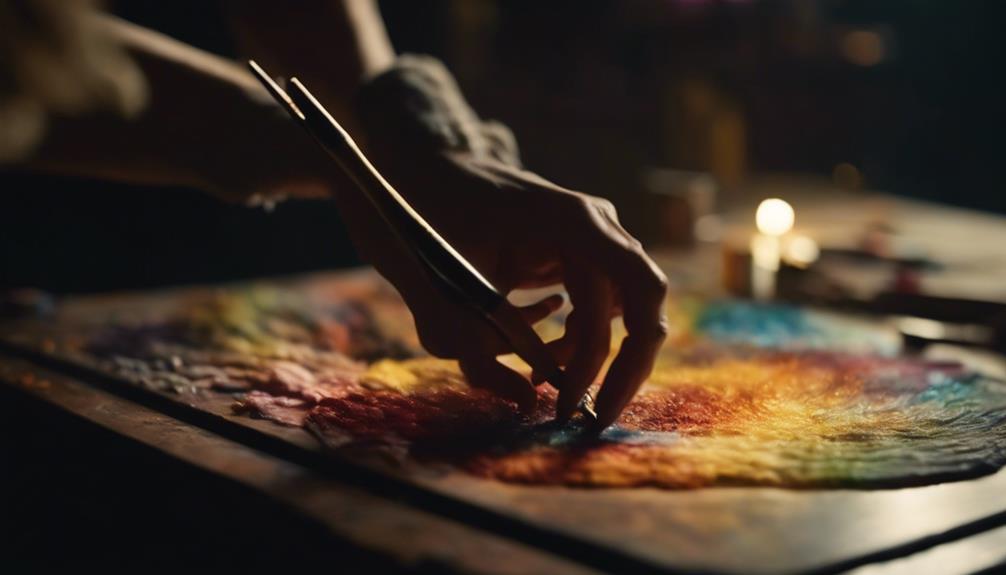
The rise of AI-powered art tools has undoubtedly opened up new avenues for creativity. But it also brings severe ethical issues related to how artistic data is used to the forefront. One primary concern is who truly owns a piece of art when AI is involved in its creation.
Using artists’ work without their permission for AI algorithms muddies the waters of ownership. This can lead to both legal and ethical conflicts. The clarity around intellectual property rights is lost when AI uses an artist’s work without asking. This raises legal questions about the practice.
Artists often find themselves left out in the cold, not getting any form of compensation or even a simple nod of acknowledgment for their work. This lack of recognition reduces the value of their contributions. The absence of solid rules for AI-generated art leaves the door open for these ethical issues to persist. It highlights the critical need for regulations that respect artists’ rights.
AI’s unauthorized use of artistic data highlights the need for ethical guidelines. These guidelines should ensure that AI art projects use artists’ work respectfully and lawfully. More explicit policies and regulations are urgently needed to safeguard artists’ rights and contributions in the AI-generated art era.
Authenticity in Art Creation
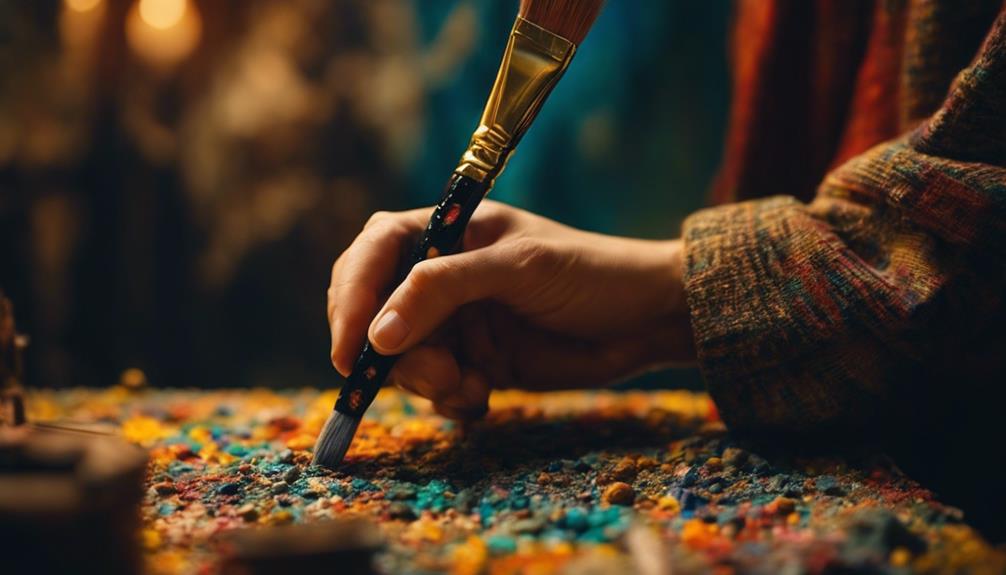
Exploring the world of AI-generated art brings concerns about its true nature, especially when it comes to being original and showcasing genuine creativity. Authenticity in art revolves around how original and unique an artwork is, ideally capturing the artist’s vision and skill. Yet, the introduction of AI tools in art has stirred a debate on whether art made by algorithms can hold up to these standards.
| Aspect | Impact on Authenticity |
|---|---|
| Originality | Art made by AI is questioned for its uniqueness. |
| Creative Vision | Doubts exist on whether AI can truly reflect an artist’s flair. |
| Artistic Value | There’s worry over whether AI creations can convey soul and emotion. |
| Perception | The way AI art is viewed and accepted is tied to its authenticity. |
| Ethical Concerns | The discussion includes the ethical side of using AI to create art.
The heart of the discussion is whether AI art qualifies as true artistic expression or mimics existing styles. Some argue that AI art misses the emotional depth and personal touch that human artists inject into their work. This raises questions about its value as art. The issue of authenticity affects how AI art is seen and welcomed by the art community and the broader audience.
Frequently Asked Questions
What Are the Ethical Issues Surrounding the Use of Ai-Generated Art?
- Ownership battles affect artists and creators.
- Cultural appropriation raises ethical concerns.
- Economic impacts challenge traditional artists’ livelihoods.
What Are the Ethical Considerations When Using Generative AI?
- Respect intellectual property; don’t steal creativity.
- Prioritize data privacy; protect user information.
- Combat bias; ensure fairness in AI creations.
Is Using an AI Art Generator Ethically Wrong?
- Artistic integrity is at stake with AI creations.
- Copyright confusion complicates artists’ rights.
- The market impact might hurt traditional artists.
What Are the Ethical Concerns About Art?
- Cultural appropriation in art raises ethical concerns.
- Plagiarism and originality debates impact artist credibility.
- Market saturation affects artists’ economic stability.
